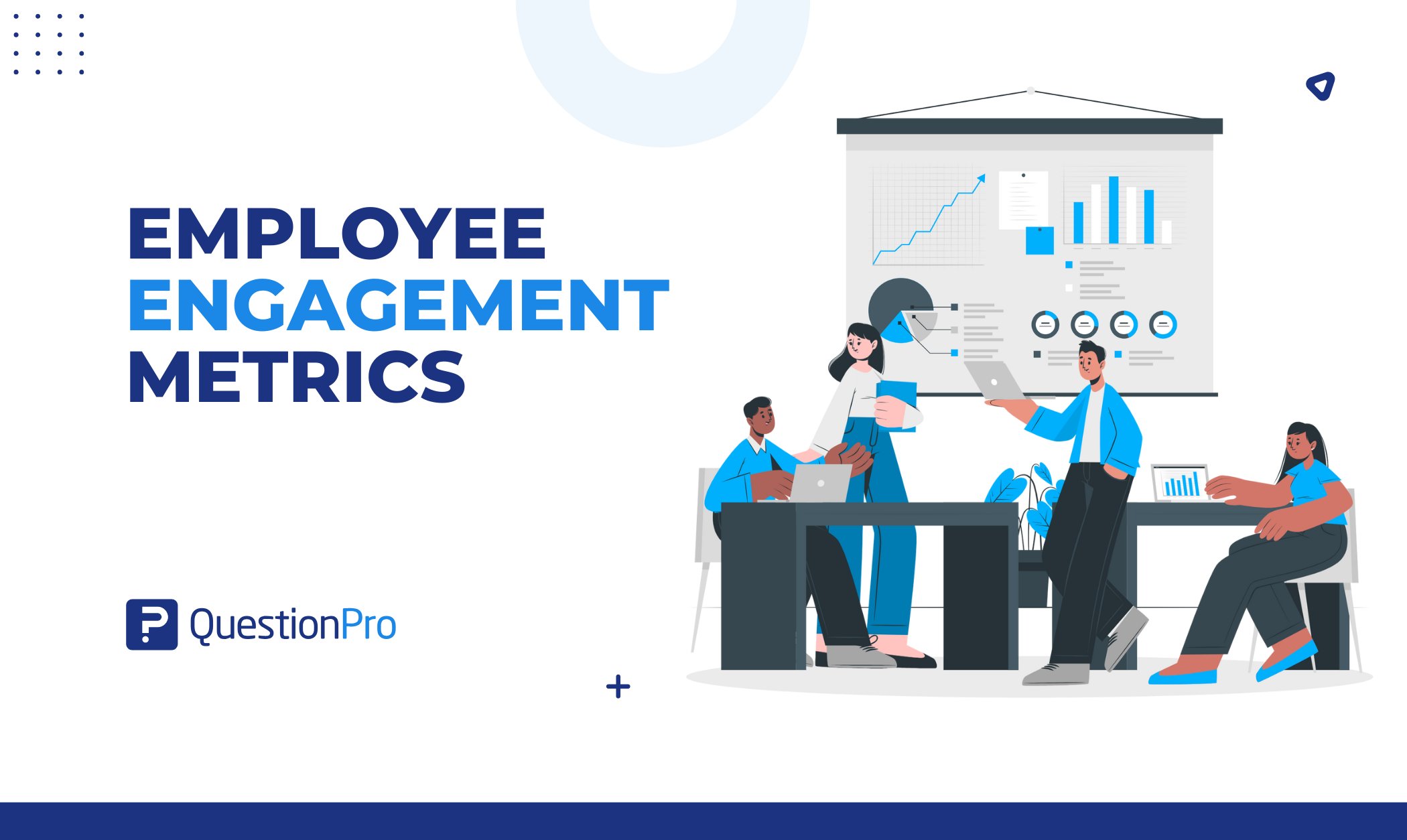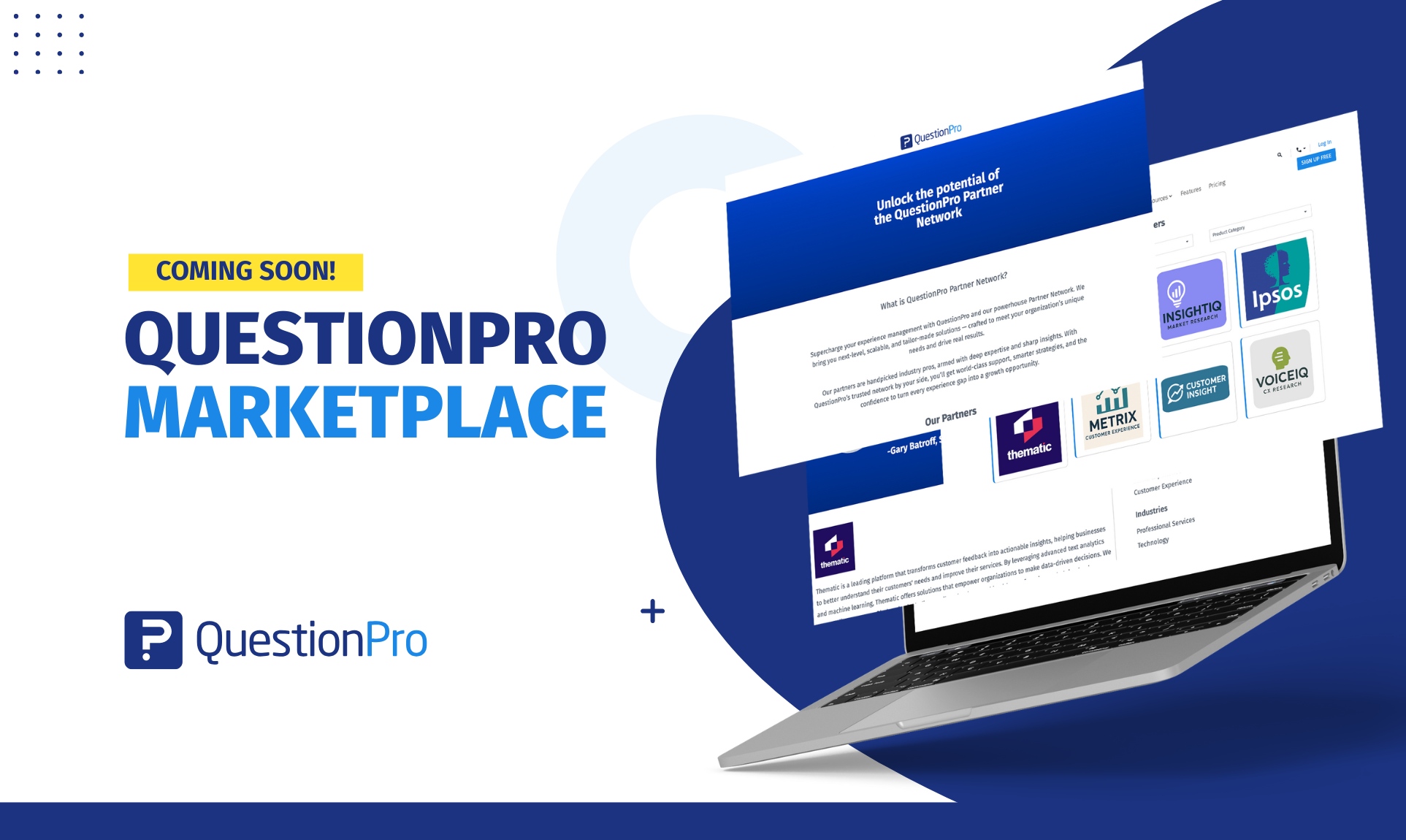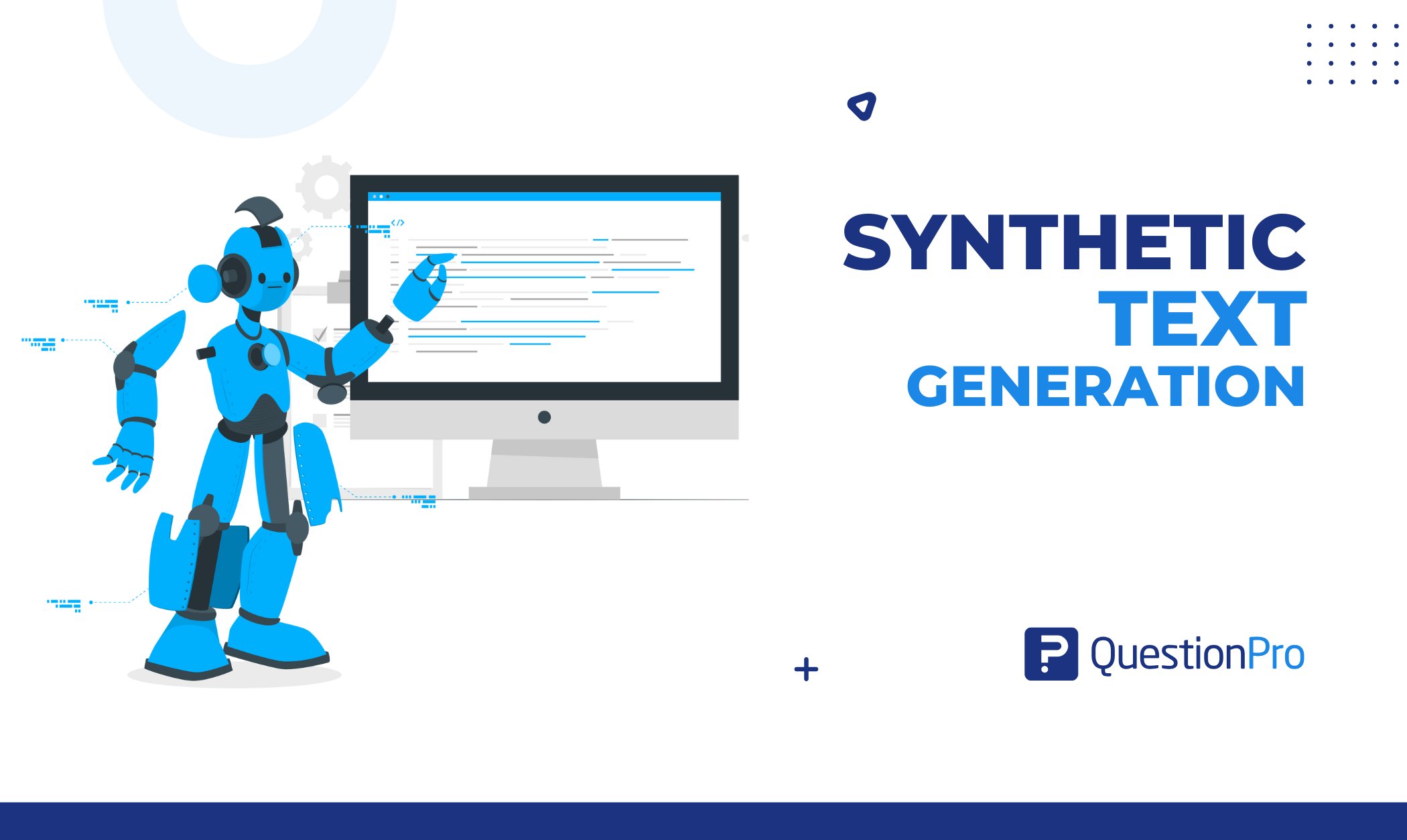
What is multistage sampling?
Multistage sampling is a sampling method that divides the population into groups (or clusters) for conducting research. It is a complex form of cluster sampling, sometimes, also known as multistage cluster sampling. During this sampling method, significant clusters of the selected people are split into sub-groups at various stages to make it simpler for primary data collection.
What are the steps to conduct multistage sampling?
There are four steps to conduct:
- Step one: Choose a sampling frame, considering the population of interest. The researcher allocates a number to every group and selects a small sample of relevant separate groups.
- Step two: Select a sampling frame of relevant separate sub-groups. Do this from related, different discrete groups selected in the previous stage.
- Step three: Repeat the second step if necessary.
- Step four: Using some variation of probability sampling, choose the members of the sample group from the sub-groups.
LEARN ABOUT: Sampling Frame
What are the applications of multistage sampling?
Multistage sampling is applied mainly to these areas:
- Applied to a multistage design where the population is too vast and researching every individual is impossible.
- To gather student perceptions from students belonging to various colleges, studying different courses and located throughout the country.
- To survey employees of a multinational company belonging to multiple locations in multiple countries.
- Government bureaus use this method all the time to draw inferences from the population.
Multiphase sampling reduces the time taken to research an area. It also keeps a tab on the cost of the research. The information collected from the samples is used to draw inferences from the population as a whole.
LEARN ABOUT: Simple Random Sampling
What are the advantages of multistage sampling?
Here are the top 8 benefits obtained from multistage sampling:
- It allows researchers to apply cluster or random sampling after determining the groups.
- Researchers can apply this sampling to make clusters and sub-clusters until the researcher reaches the desired size or type of group.
- Researchers can divide the population into groups without restrictions. It allows flexibility to the researchers to choose the sample carefully.
- It is useful while collecting primary data from a geographically dispersed population.
- Cost-effective and time-effective because this method helps cut down the population into smaller groups.
- Finding the right survey sample becomes very convenient for researchers.
- The researcher mindfully chooses the audience. It decreases the issues faced during random sampling.
- It does not need a complete list of all the members of the target population, dramatically reducing sample preparation cost.
What are the types of multistage sampling?
There are two types of multistage sampling – multistage cluster sampling and multistage random sampling. In market research, it is the choosing of samples at stages and smaller sampling units at every step. Let’s take a look at these two approaches in detail.
Multistage cluster sampling
Multistage cluster sampling is a complex type of cluster sampling. The researcher divides the population into groups at various stages for better data collection, management, and interpretation. These groups are called clusters.
For example, a researcher wants to know the different eating habits in western Europe. It is practically impossible to collect data from every household. The researcher will first choose the countries of interest. From these countries, he/she chooses the regions or states to survey. And from these regions, he/she further narrows down his research by choosing specific cities and towns that represent the region. The researcher does not interview all the residents of the city or town. He/she further chooses particular respondents from the selected cities to participate in research. Here we see that clusters are selected at various stages until the researcher narrows down to the sample required.
Multistage random sampling
The concept of multistage random sampling technique is similar to multistage cluster sampling. But in this case, the researcher chooses the samples randomly at each stage. Here, the researcher does not create clusters, but he/she narrows down the convenience sample by applying random sampling.
For example, a researcher wants to understand pet feeding habits among people living in the USA. For this, he/she requires a sample size of 200 respondents. The researcher selects 10 states out of 50 at random. Further, he/she randomly picks out 5 districts per state. From these 50 randomly selected states, he/she then chooses 4 pet-owning households to conduct his research.
LEARN MORE: Population vs Sample & Purposive Sampling
Multistage sampling example:
Here’s an example of a multistage design. Setting it up is easy.
Let’s consider the sample location as the USA. The research goal is to assess the online spending trends of people in the US through an online questionnaire. Researchers can form their sample group comprising 200 households in the following manner:
- Firstly, choose the number of states using simple random sampling (or any other probability sampling). For example, select ten states.
- Secondly, choose five districts within each state using the systematic sampling method (or any other probability sampling).
- Thirdly, choose four households from each district using the systematic sampling or simple random sampling method. You will end up with 200 houses that you can include in the sample group for research.
LEARN ABOUT: Survey Sampling
Tips for efficient multistage sampling:
Here are some tips to keep in mind when conducting multistage sampling research.
- Think cautiously – It’s good practice to brainstorm about a way to implement the multistage approach.
- Keep in mind that as there’s no exact definition of multiphase sampling, there’s no conventional method on a route to mix the sampling methods (such as cluster, stratified random sampling, and simple random).
- The process design must be in a way that is both cost-effective and time-effective.
- Retaining its randomness and its sample size is a must.
- Consult an experienced and skilled expert when you apply this method for the first time.
Multistage sampling made easy with QuestionPro Audience
With QuestionPro Audience, get guidance on your multistage sampling design and direct access to our pool of 22 million+ research samples. These individuals are pre-screened and mobile-ready to participate in different types of research studies. The respondents share information about over 300+ profiling data points ranging from family income to pet ownership to food habits.







